Wildlife at Gosforth Nature Reserve
Managed by NHSN volunteers since 1929, Gosforth Nature Reserve is one of the best places to watch wildlife in the North East.
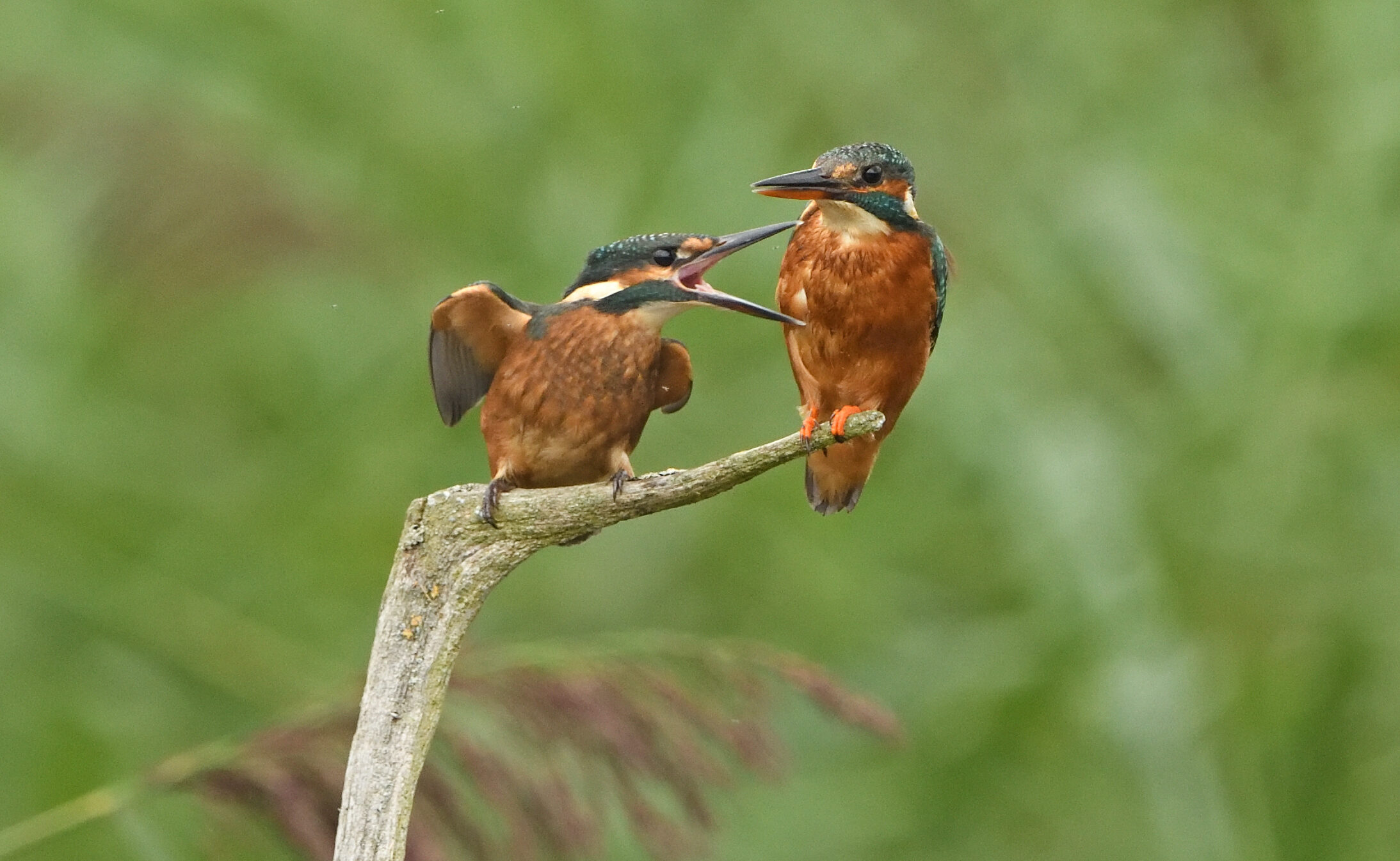
Recording wildlife
Your wildlife observations help us learn about and protect wildlife at the reserve.
Sightings of all species help us monitor change and target conservation action to help wildlife.
Each year, visitors make new and exciting discoveries at the reserve, you can share yours on iRecord below.
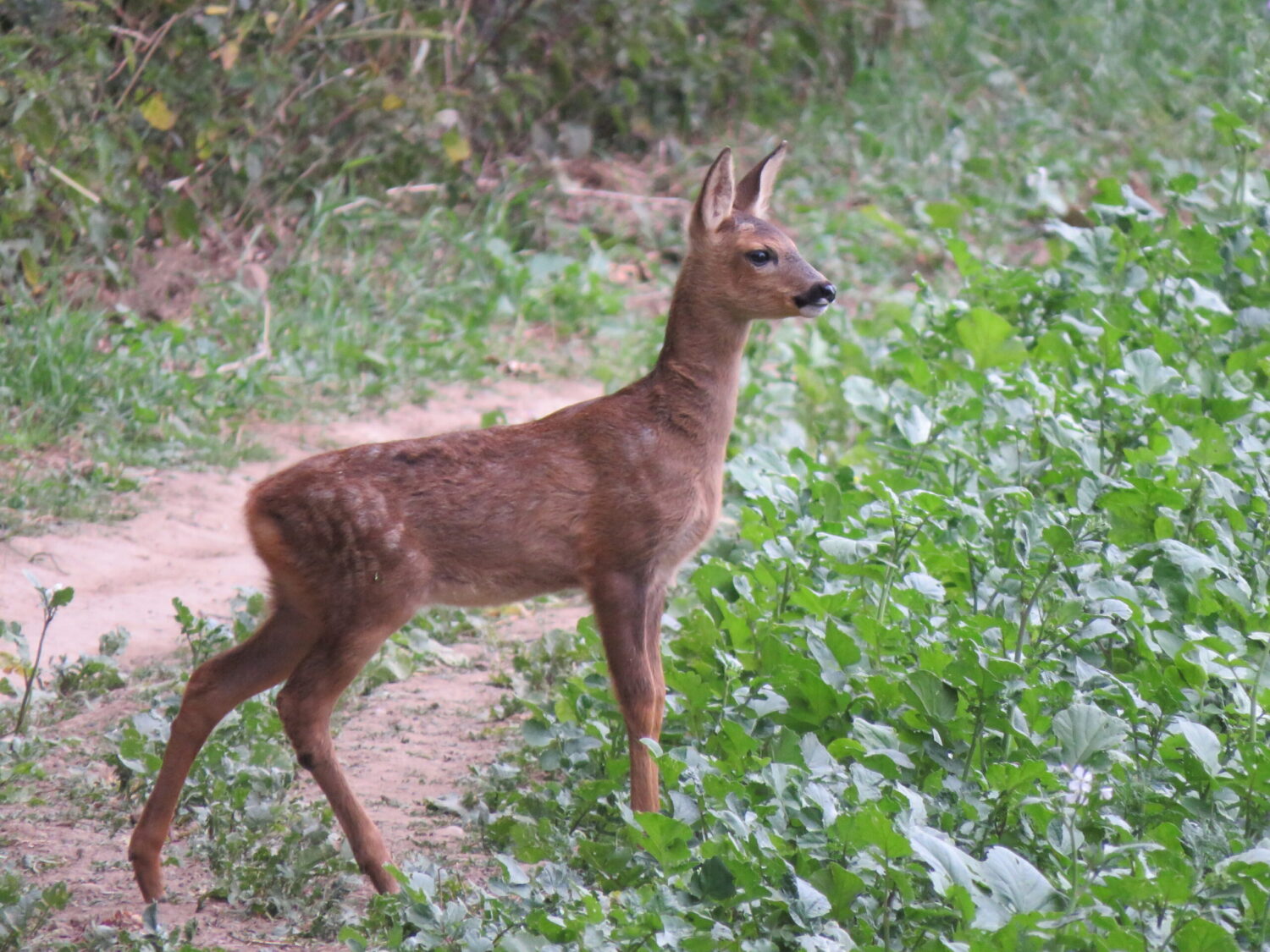
Mammals
Lookout and listen for the many fantastic mammal species found at Gosforth Nature Reserve.
Otters are a familiar sight on the lake, and you might catch sight of a Water Vole or Water Shrew moving quietly through the reedbed.
In quieter moments, mammals such as Roe Deer, Badger and Fox can be seen, while seven species of bat take to the wing by night.
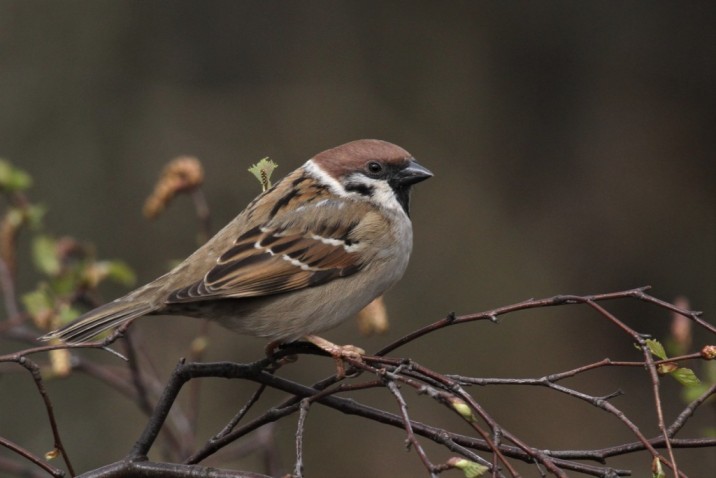
Birds
The reserve’s wetlands are home to a diverse array of wildfowl, including Wigeon, Pochard and Teal, and Bitterns skulk in the cover of extensive reedbeds. With some luck, you may even spot a jewel-like Kingfisher.
In the woodland, dawn chimes with the song and calls of countless woodland birds and the yaffle of Green Woodpeckers. At dusk, the haunting cries of Tawny Owls takeover.
With 189 bird species recorded at Gosforth Nature Reserve, there is always something to see.
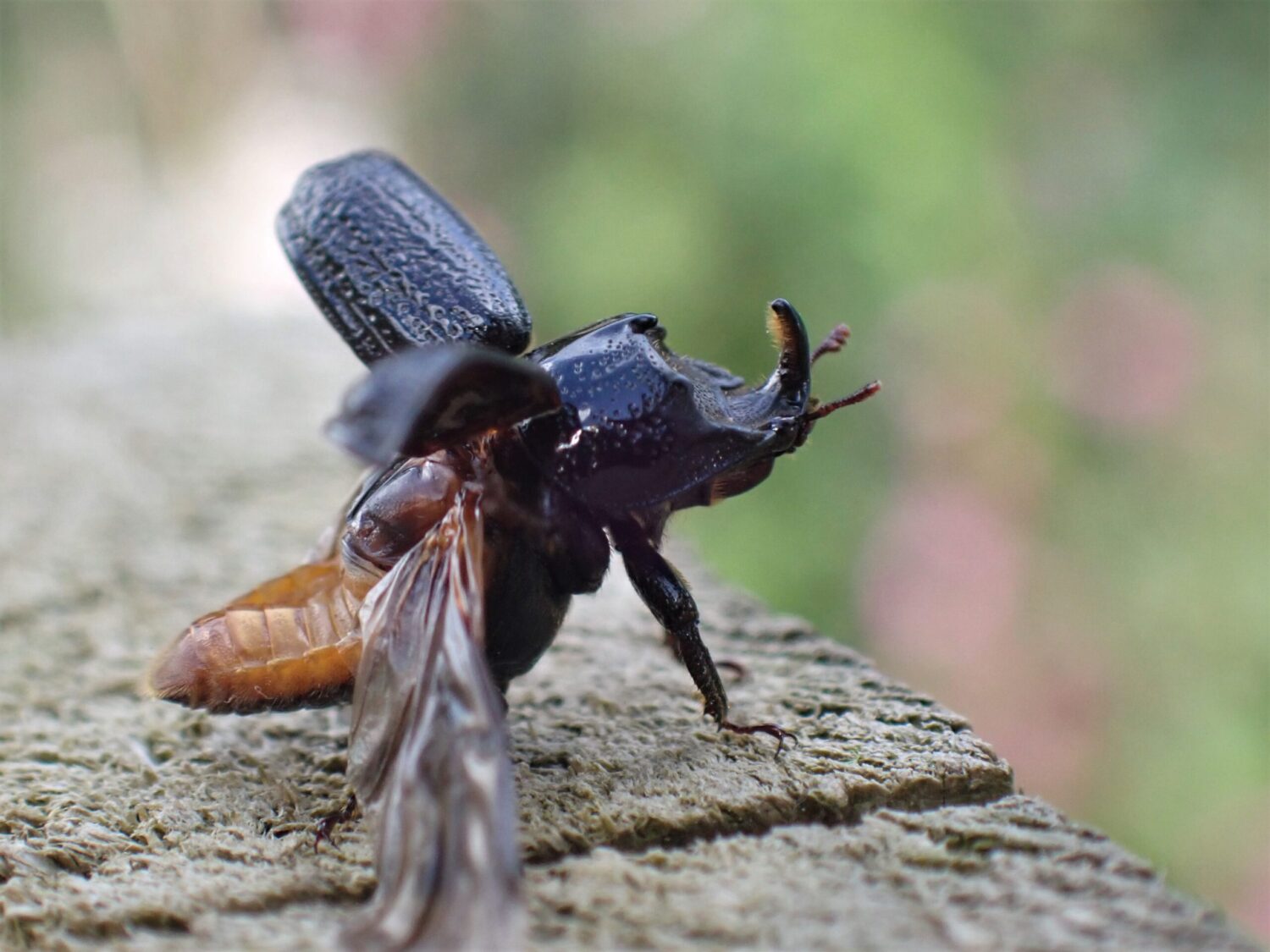
Invertebrates
Gosforth Nature Reserve is nationally significant for its invertebrate populations.
Plentiful deadwood plays host to thriving populations of wood-boring beetles like the impressive Rhinoceros Beetle, and flowering plants attract beautiful pollinators such as Common Blue, White-letter Hairstreak and the scarce Dingy Skipper.
In spring and summer, dragonflies and damselflies take to the wing and visitors can encounter 16 different species, including the striking Emperor.
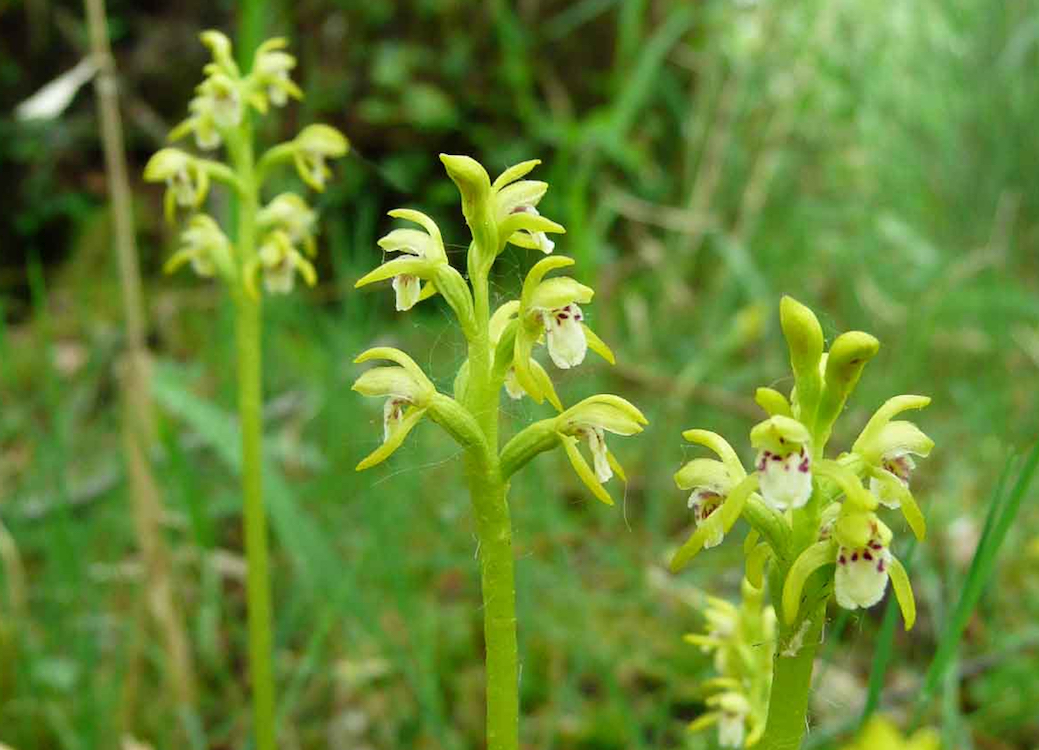
Plantlife
In the shade of the woodland, England’s second-largest colony of rare Coral-root Orchid blooms during Spring.
Keen-eyed botanists can enjoy a colourful array of meadow, wetland and woodland plants, including Broad-leaved Helleborine and Northern Marsh Orchid.
In late summer, look out for the powder-puff blooms of Devil’s-bit Scabious or the delightful purple flowers of Heather – a relic of a time when much of the landscape was dominated by lowland heath.